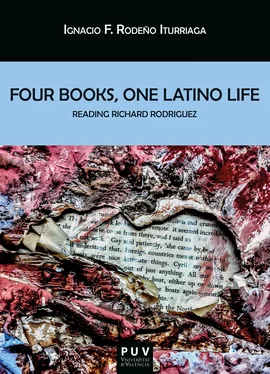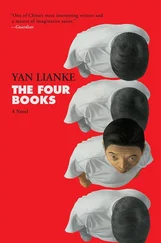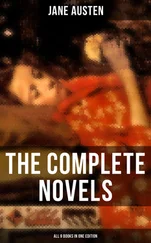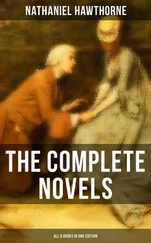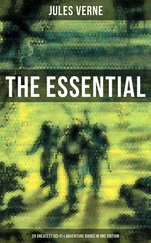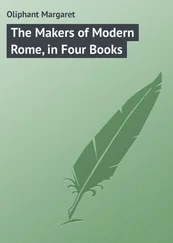According to this understanding of the genre, the limits to which Gusdorf refers in the title to his seminal article are those of time and space, as they are applied to contemporary Western culture. As a result of the ideas owing to both anthropology and history, man positions autobiography in its cultural moment. Context, then, becomes an integral part of the discourse. Not only does the author consider her/his life worthy of special interest, but s/he gives witness of her/his self and rebuilds her/his own history reorganizing the events in a comprehensive outline that is aimed to allow the author to safeguard her/his legacy which in the views of the autobiographer must not wane. It is important to underline the efforts on the part of the author to compose a narrative in retracing a part of her/his life, and not just put together a series of life events side by side. To this purpose, the author distances from her/his self so that s/he can re-create her/his self in the focal point of the text both within a given cultural moment and across time. In other words, the autobiographer has the benefit of finding out and uncovering her/his self from the other side of the mirror and the advantage of doing justice to herself/himself better that anyone else. Through autobiography, Gusdorf posits, the author restores an incomplete or deformed truth, the text being devoted then to the defense and/or exaltation of the author’s life. It is, then, a task of personal salvation. However, the narrative of a life is not the mimetic double of such life. The past is gone and one is in front of a re-creation of the past where conscious discourses blend with unconscious motivations in the narrating of a life. According to Gusdorf, “the narrative is conscious, and since the narrator’s consciousness directs the narrative, it seems to him incontestable that it has also directed his life.” (41). However, memory brings back details in a particular light, which is an unconscious process. When it comes to narrate a life, the narrative itself bestows a given significance to the event depicted, which might be different to the one it had when it originally occurred, or just one significance out of many, or even an importance it never had to begin with. This brings us back to the idea of truth that was key in the confessional autobiographies of the earlier times. Because the narrating of a life is a re-presentation, it cannot be a mere “record of existence, an account book or a logbook,” (Gusdorf 42) but a recounting of events with a given meaning, a meaning that is subordinated to the truth of the author, subjected to both: his unconscious view of the events, and his conscious effort to construct the narrative. Autobiographical truth is, hence, subjective truth. An element that takes part of that subjective truth is the effort of the author to re-construct herself/himself in her/his own resemblance at a given time. The narrative of self is a historical document about a life. In this sense, the early theorists of autobiography followed the ideas of Dilthey: man is a historical being. And according to the German positivist philosopher, we understand everything (whether outside or inside of us) in relation to what we are: history is linked to our autobiography.
Gusdorf, however, notices that there is a literary element in autobiography, which is “of greater importance than the historic and objective function,” (43) but the French scholar is reluctant to give it a central role, for he claims that the literary is less important than the anthropological (43-44). Gusdorf views re-presentation as a problem: the rhetorical relationship between what autobiography is and what it represents. Given that autobiography cannot be a faithful account of life but just an account, Gusdorf views it as a symbol or “the parable of a consciousness in quest of its own truth.” (44) As the individual is always in progress, autobiography is never a fixed, unchanging, image of such life but the fixing of a creation of such existence at a given time. It fixes a retrospective look but not a finished life. In sum, Gusdorf underlines that autobiography does not reveal the objective events or periods of a life but the attempts of a writer to provide with meaning the myth of his/her re-created life.
Following Gusdorf’s theories, Roy Pascal wrote Design and Truth in Autobiography (1960), where he revealed his interest in the individuality of self. By asserting that autobiography is a product of Western civilization subsequent to the Roman times, Pascal laid emphasis on defining the subject as a sieve through which the outside world is filtered, and in the fact that the selectivity with which certain experiences are accumulated creates a bigger truth than the objective account of an era by a historian or biographer.
After Gusdorf and Pascal, this historic treatment of the self ended in a series of criticism about autobiography that received the label of transcendentalist or existentialist, in reference to the notion of a pre-existing, autonomous self from which autobiography would derive. This branch of criticism was interested in the authorial subject, whether just in the self or as provider of insight into the writer’s work.
It was unavoidable that the historic perspective of autobiography as a culturally determined phenomenon, dependent on certain notions of individualism, took some theoreticians to specifically relate the origin of the genre with Romanticism and its enthusiasm with subjectivity; more so when it was the Romantics the ones who saw the work as the clear materialization of the author’s creative genius. They used the “I” in its more personal dimension, even existentialist one may say, to the point of opening the possibility to assert that all of the Romantic works can be interpreted from the standpoint of autobiography, regardless of their genre.
James Olney’s Metaphors of Self (1972) opens the genre to a higher theoretical plateau, allowing for the concept of subjectivity to become part of the analysis. This led to the challenging of that prescriptive and restrictive notion of autobiography that earlier theoreticians had conceived. In turn, the ways of self-narrating, and of approaching autobiography expanded.
William Boelhower puts the emphasis on the fragmentation and de-centering of identity. For him, autobiography in the mid-1900s displayed a rupture from modernism in reflecting the fluidity of identity. By bringing de-centered identities into the discussion, Boelhower opens a new direction of analysis.
This de-centering of the self leads Michel Leiris to parallel the examination of the self with the analysis of others. This triggers the concept that autobiography is an apostrophe, an address to the other, which presents the writer’s ideas to others in a communicative circuit. This is particularly evident in the case of serial autobiographies; that is, successive autobiographies by a writer that appear with a given cadence. This is the case of the writer in this study: Richard Rodriguez has published a new autobiography every ten years approximately. By addressing the others in an apostrophic manner, autobiography shatters the limits of the genre to particularized lives. Leiris, who is an ethnologist and ethnographer by training, helps understand how the “I,” by being subjected to the presence of the others, becomes the self of a community. Thus, personal autobiography can become the autobiography of a community, something that is of particular interest to underrepresented groups within the genre, namely the so-called “ethnic” communities. This brings about a particular problem; that of being both the subject and the object of the autobiographical discourse, which Roland Barthes explores in his autobiography. Other writers will explore issues of language and representation in their inquiry on the self, calling autobiography into question and attempting to demonstrate the impossibility of conceiving the genre in a traditional way.
Читать дальше
